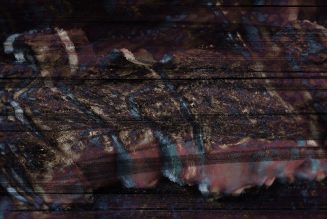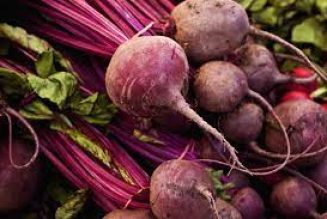Planet: Venus
Element: Earth
Lore:
Wheat has long played a part in the human diet. After rice, it’s the second-most commonly used grain for human food, and was first cultivated during the Neolithic age.
The Egyptians, Sumerians, Babylonians, Hittites, Greeks, and Romans all worshipped harvest deities associated with wheat. Wheat is particularly a symbol of the Mother Goddess. She taught the secrets of agriculture to women, the grain’s first farmers and cultivators.
In ancient Greece, newly married couples were pelted with sweetmeats and grains of wheat.
The Romans crowned brides and grooms with wreaths of wheat and with lilies to symbolize purity and fertility
Magical uses:
Whole wheat is best for magical (and nutritional) purposes. Bleached wheat has had more than its vitamins, minerals, and bran removed: it also lacks magical energy. Though white bread was eaten by the Roman upper
classes, it’s spiritually dead food.
Eat wheat-based foods (breads and all dough products) to bring prosperity and money into your life.
Before baking a loaf of bread, use a sharp knife to ritually incise a symbol of a specific energy that you wish to bring into your life. Do this with visualization. Various types of wheat bread have diverse energies and magical uses. Here are some of them:
Twisted breads (any bread-recipe book contains directions) are fine additions to protective diets. The more twists, the more protection. Visualize as you braid the dough.
Egg breads are baked and eaten, with visualization, to promote physical fertility.
Saffron bread enhances spirituality. To a lesser extent, so too do all round loaves.
Sprouted bread is excellent for increasing psychic awareness.
Pita bread (also known as “pocket bread”) is a fine spirituality food.
Seven-grain bread (or its eight-grain cousin) is a fine money attractant.
Dill bread promotes love.
Garlic bread, created by slathering slices of bread with garlic-flavored butter, is a delicious and powerful addition to protection diets.
Most European countries produce sweetened breads for use during spring festivals (which are now connected with later Christian holidays such as Easter)








